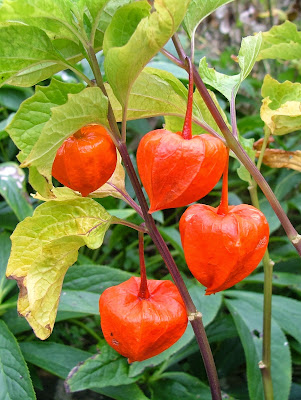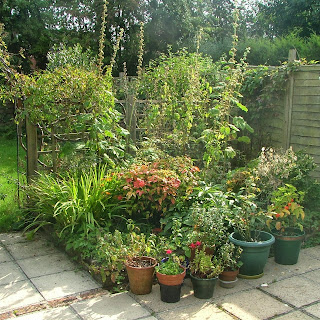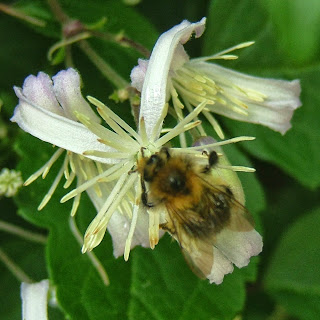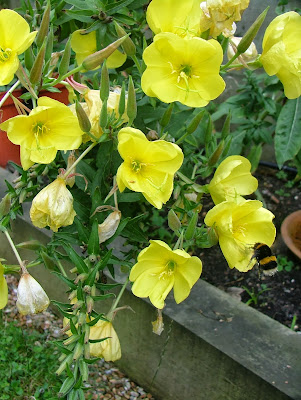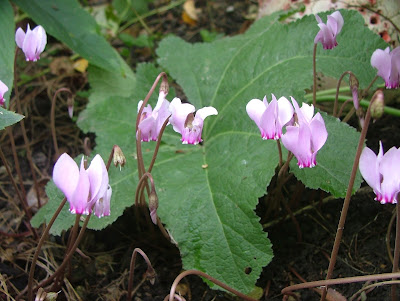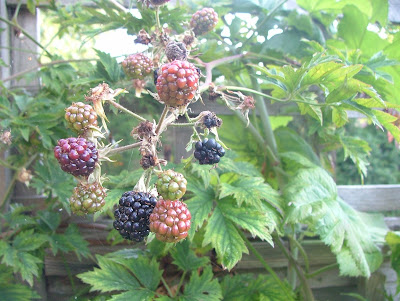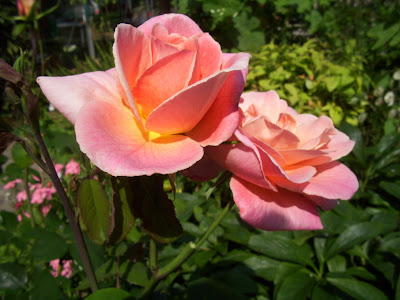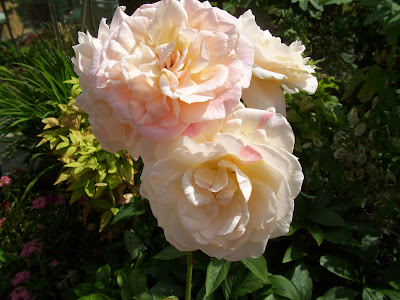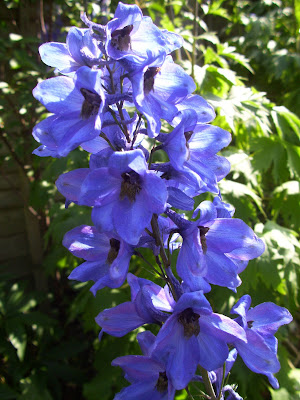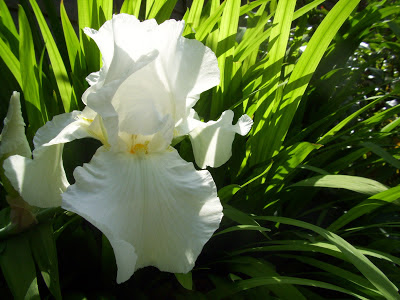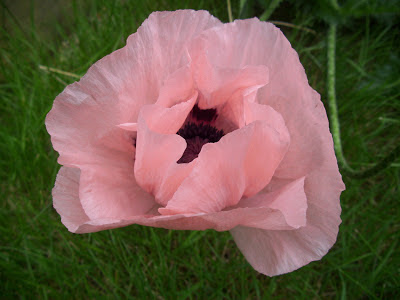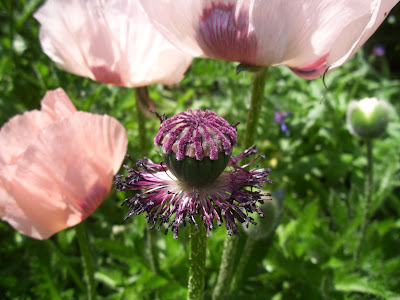There are two important things that I don't know about the crocosmia in my garden. First off, I don't know how they got there, and second, I don't know if I actually really like them. Let me explain...
 |
| Crocosmia |
I didn't plant any crocosmia, and there weren't any in the garden when we first got here. But then suddenly I noticed them on their silent invasion, in a couple of spots in the garden, unobtrusive, but biding their time.
Then one year I noticed that I was having to pull a lot of the blade like shoots up from various places around the garden, I kept pulling them up - they kept re-appearing. It seemed like they were coming in under the neighbour's fence (or were they actually escaping from my garden into theirs). I'd been throwing them in the compost, but they were surviving and actually
growing in the compost. Action was needed - an extermination program.
Aside from the two 'managed' clumps in the garden, I now treat crocosmia in the same way I treat bindweed - all traces of them go to the tip rather than the compost, but its still an ongoing job to keep them under control. The second clump in the garden started off as a couple of leaves which I left as it was in a good spot. A year later and its a huge swathe of leaves and fiery orange blooms.
 |
| Crocosmia |
So why is such a troublesome specimen now 'plant of the week'? Well secretly I actually love it, its foliage is a great colour, the leaf shape contrasts well with the other plants around it, and it provides a bit of fiery colour at a time when other flowers in my garden are fading. I love its tenacity and hardiness - in the same way a naughty child might always be causing trouble and be under your feet but is still secretly your favourite.
I have a crazy fantasy about digging up a clump and dumping it by the side of the railway cutting by the station, and that in a few years time commuters will be confronted with the sight of a bank of flaming crocosmia on their way from Brighton to London. So if it ever happens - you know how it got there!
Well I don't know how it got into my garden, but I'm kind of glad that it did.
Don't buy the corms - I'll happily send out what I dig up!

